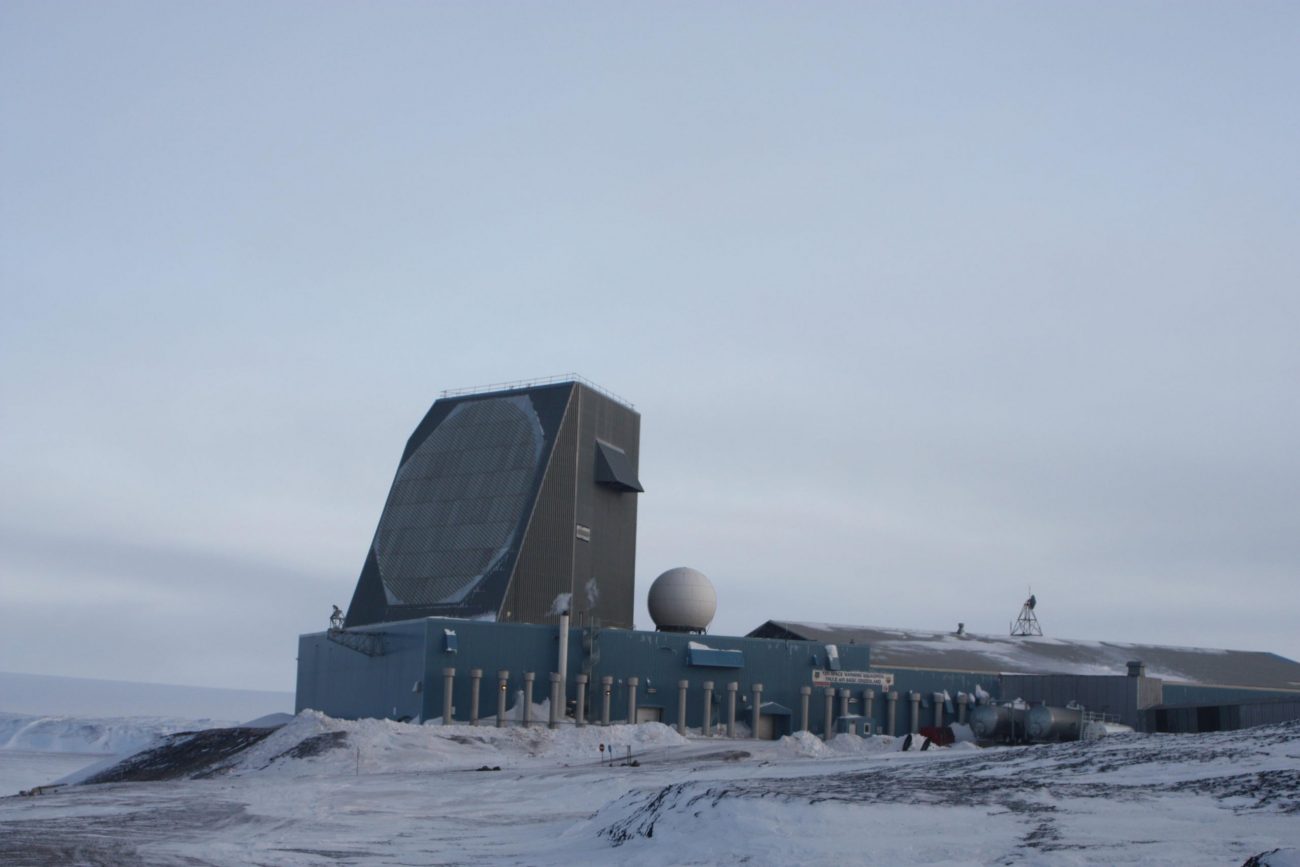The United Kingdom is set to buy a ballistic missile defense radar (BMDR) and command and control battle management and communications (C2BMC) system from the US.
The US State Department has recently approved the sale of these systems valued at $700 million to Britain. “The proposed sale will improve the UK’s ability to meet current and future ballistic missile threats…by improving the effectiveness of NATO BMD systems,” according to a State Department statement released on March 17.
One BMDR and two C2BMC user nodes with network capability are included in the UK’s request. It also involves the design and installation of a radar-equipment shelter, encryption devices, secure communications equipment, and other radar-related equipment, as well as logistical assistance.
“The United Kingdom will have no difficulty absorbing the BMD Radar into its armed forces. The proposed sale of this equipment and support will not alter the basic military balance in the region,” the statement added.

Lockheed Martin is the main contractor for the deal. Building, installation, integration, and testing of the radar and C2 asset, known as the Command and Control Battle Management Communications system, could require up to 15 government officials and 100 industry representatives, the statement said.
Experts believed that, in view of Russia’s invasion of Ukraine, the US is granting major defense deals, signaling that Washington and its allies are focusing on bolstering their defenses. As EurAsian Times previously reported, the State Department has also authorized Spain to procure MH-60R helicopters for $950 million.
Such foreign military purchases need years of preparation behind the curtains, and hence the latest deals may not be linked to the Russia-Ukraine war. Nonetheless, there is no doubt that this deal would considerably strengthen the UK’s defense capabilities.
The UK’s lone ballistic missile defense radar is located at the Royal Air Force Station Fylingdales in the North York Moors. This is a part of the Cold War-era Ballistic Missile Early Warning System. There are two more radars in the system, one each in the Thule Air Base in Greenland and Clear Space Force Station in Alaska. This radar network transmits information on incoming ballistic missile threats between the UK and the US.
The UK Defense Journal reported that the government opted for ‘Defer Lewis BMD Radar’ as part of an effort to save $132 million to $262 million between 2021 and 2025.
What Is C2BMC?
The C2BMC is an integral part of the ballistic missile defense system, providing situational awareness and combat management capabilities. It connects multiple sensors from diverse commands to a single command and control weapon system for a user to deploy various missile defense assets.
This integration allows the forces to select optimal firing solutions based on the BMDS status, system coverage, and ballistic missile tracks and helps to construct a common image of the combat zone for operators across the BMDS.
It also enables combatant commands to plan engagements, which is especially useful for missions that require coordination among multiple BMDS elements.
In 2004, the first C2BMC workstation became operational. After that, a series of system updates, known as “spirals,” have been deployed to help with sensor management and the addition of new BMDS parts to the network.
Because of these features, C2BMC is the first comprehensive BMDS battle management system, allowing combatant commanders to coordinate across platforms and providing launch-on-remote concepts of operation due to the ability to net sensors and connect them to operators.
Battle planning and design are also possible with the system, allowing collaboration between combatant commands and system element planners prior to actual conflicts.
The US Missile Defense Agency (MDA) describes the system as “the force multiplier that globally and regionally networks, integrates and synchronizes autonomous sensor and weapon systems and operations to optimize performance.”
- Contact the author at ashishmichel@gmail.com
- Follow EurAsian Times on Google News